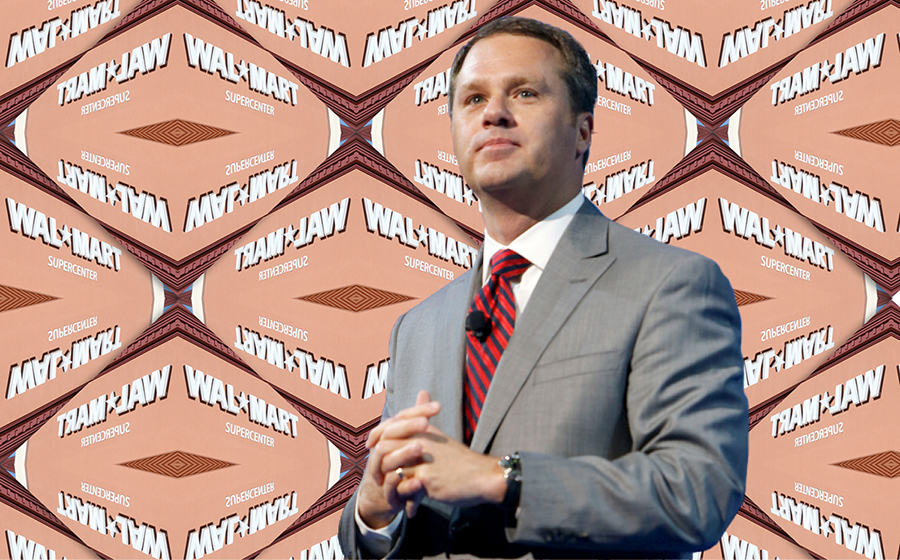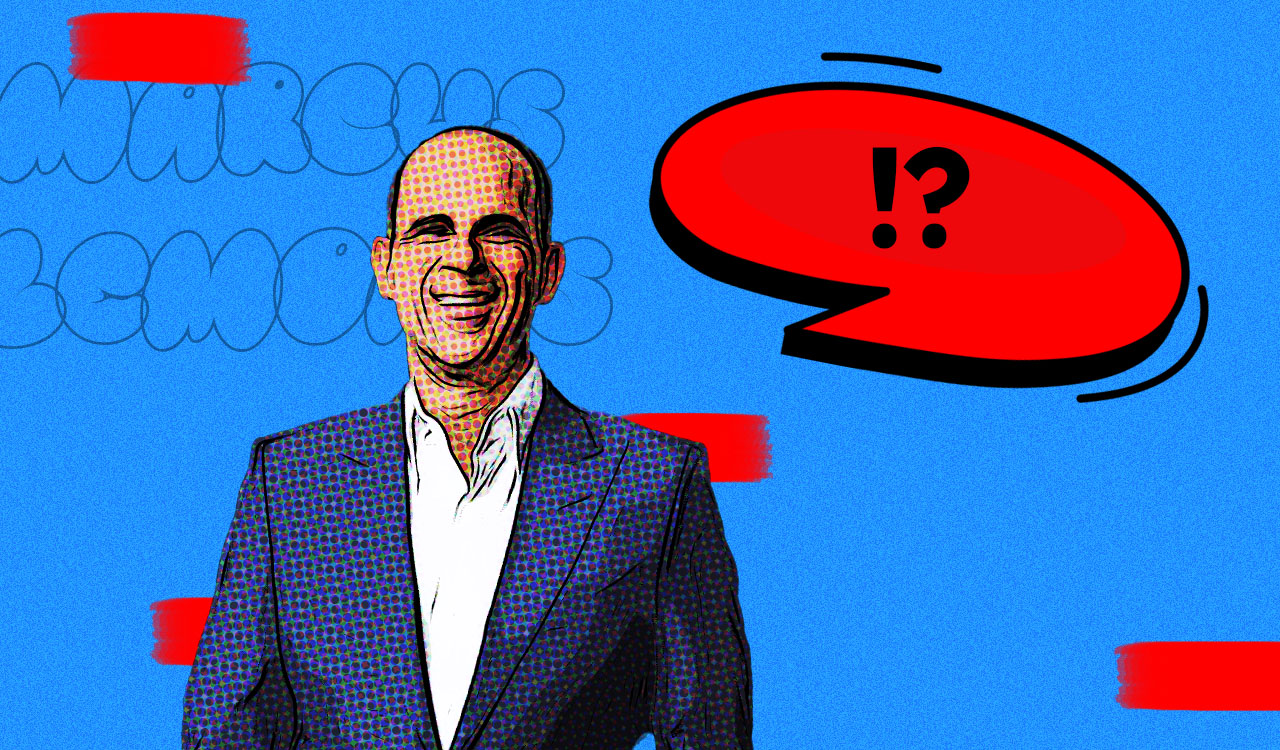I vaguely remember the phrase \”repeal and replace\” as a political slogan the Republicans used to gin up support for getting rid of Obamacare. As we know, nothing really happened. Well, it is happening at Walmart, based on the reversal and replacement of over a half-century of old-world leadership succession. With the appointment of Doug McMillon as the new CEO of Walmart in 2014, the Board and the Walton family knew they were \”betting the house\” by unleashing a brilliant, visionary change agent who would risk everything by fundamentally transforming the entire Walmart business model. And to do so, he would have to repeal and replace the culture — which he is doing.
Regarding two significant barriers to change — lack of capital investment and speed — he is transforming the Walmart behemoth-of-all-behemoths battleship into a speedboat by investing billions of dollars on acquisitions, partnerships, technology, e-commerce, expansion and construction of a new infrastructure, while at the same time, shedding antiquated systems and processes and adding internal innovation platforms. And speed? It\’s been like a whirlwind since McMillon took the helm. In fact, dismantling the old strategies and structures and introducing try often/fail fast innovations, strategies and structures takes mastery over a million moving parts. One might view this kaleidoscope as a fragmented mishmash of unrelated pieces that are out of control and destined for failure.
Don\’t kid yourself. Here\’s what McMillon said at a recent investor\’s meeting: \”We\’re solving problems differently and more quickly. Looking back, we had a proven model and focused on execution, but we unintentionally became risk averse. Today we\’re getting to reimagine retail and our business, to do that we have to take risks, try quite a few things and learn from our failures. That kind of behavior is in our DNA and we\’re waking up to that culture. There is a cultural change underway at Walmart, and we\’re enjoying it.\”
He continued, \”We see the big picture as it relates to an emerging retail business model that operates as an ecosystem.\” He added that the kind of business model he envisions – one that hinges on better executing the fundamentals, innovating for the future and building a differentiated portfolio of brands – is anticipated to boost profitability.
Kaleidoscope Colors
How about a quick look at the kaleidoscope of acquisitions, partnerships and other initiatives? And this isn\’t all of it.
- They put partnership deals together with Alphabet\’s Waymo for rides to and from store, Japan\’s Rakuten for Kobo\’s e-readers, and Uber and Lyft and Postmates for grocery delivery.
- They shifted their entire cloud operation to Microsoft Azure and Office 365. They have a five-year deal to work with Microsoft on artificial intelligence projects. The partnership also includes working on a cashier-less store to compete with Amazon Go. Walmart is also partnering with Handy, offering professional support for indoor projects on Walmart.com.
- They are planning to transform the Vudu subsidiary into an Amazon Prime Video competitor. They have two tech incubators and Store#8, all abiding by the mantra of \”try often, fail fast.\”
- And, of course, the acquisition of Jet.com for $3.3 billion was an enormous accelerator opening a younger more affluent market, as well as building a long tail of digital native brands, eventually to be rolled out as brick-and-mortar stores.
- Then there was the purchase of Flipkart in India, which portends to open the gate for e-commerce dominance there, as well as paving the way for a brick-and-mortar retail chain.
As more and more pieces cascade down, they will soon come together as one huge Walmart marketplace platform challenging Amazon by providing a unique ecosystem in which anything and everything from around the globe can operate.
There are many more pieces cascading down on a daily basis, which will soon come together as one huge marketplace platform challenging Amazon\’s ability to provide a unique ecosystem in which anything and everything from around the globe can operate.
The 2019 Strategy
Walmart\’s core strategy for fiscal year 2019 is to grow its e-commerce presence and develop its business through online sales (rather than new store openings), while maintaining its price leadership. The company plans to employ the following three key strategies:
- Invest in omnichannel capabilities to achieve 40 percent e-commerce growth at Walmart U.S. in fiscal year 2019.
Walmart anticipates a shift in the way its customers shop, and it has expanded its omnichannel offerings, including establishing more than 1,100 online grocery pickup locations in the U.S. E-commerce revenues at Walmart US grew by 44 percent in fiscal year 2018. In its latest annual report, Walmart stated that its customers who shop both in stores and online spend nearly twice as much overall as those who shop through only a single channel. - Increase productivity and efficiency.
Walmart aims to improve productivity throughout the organization through lower expenses on new store openings and an increased focus on customer initiatives, store remodeling and e-commerce. In fiscal year 2018, Walmart grew its store count by 23, the lowest number over the last five years. The decision to open fewer stores aligns with the company\’s long-term goals of growing sales through lower prices and through multichannel retail. - Continue to innovate to keep pace with technological advancements.
Walmart is deeply involved in progressing through innovation. Its e-commerce fulfillment centers in the U.S. are strategically located to deliver products to customers in two days. The company Store No. 8 tech incubator is led by a team dedicated to driving new ideas to transform retail.
In terms of company outlook, Walmart posted strong financials in fiscal year 2018, with revenues exceeding the $500 billion threshold for the first time. Walmart\’s scale of operations, e-commerce expansion and recent tech-led initiatives, such as establishing the Store No. 8 incubator, place it in strong position to compete against Amazon and Alibaba, which primarily operate online. To compete more aggressively against these players, Walmart has made several strategic acquisitions, including Jet.com, ModCloth, Bonobos and other millennial-focused brands.
With its acquisition of India\’s largest e-commerce player, Flipkart, and the sale of its unprofitable Brazilian operations to Advent International, Walmart looks primed to streamline its operations in high-growth markets and gain further market share across the globe.
McMillon\’s Final Words
Doug McMillon said to investors, \”I want to challenge your thinking of Walmart.\” I believe he is doing just that for all of us. And I stand by my prediction that Walmart is becoming Amazon\’s biggest headache.




